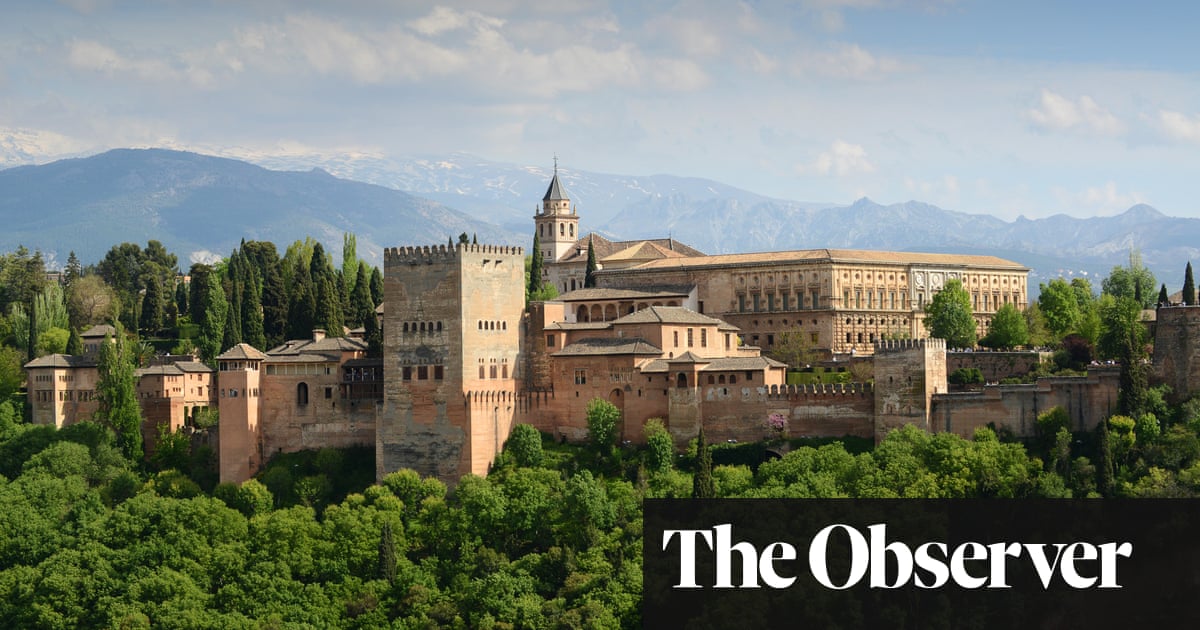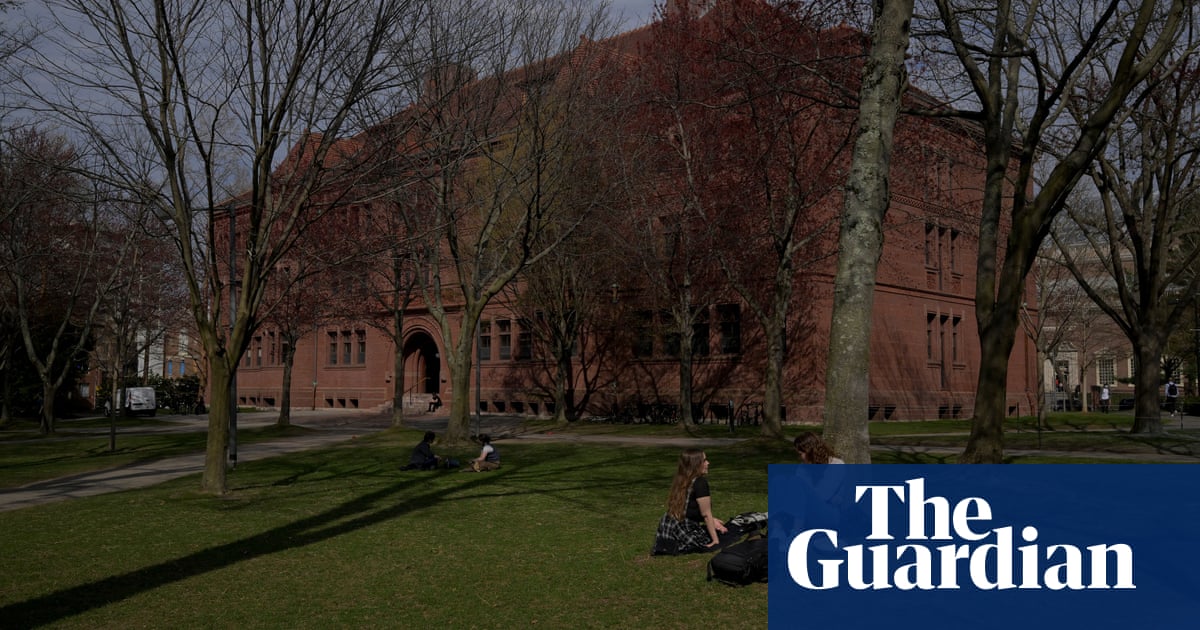Few young people remain in Bolivia’s highland plateau, the Altiplano. The rising frequency and severity of extreme weather events, such as drought and frost, have reduced their economic prospects and migration has accelerated as the environment becomes more unpredictable.
“The climate isn’t like it used to be,” says Nico Mamani Lima, a farmer and agronomist from Ayo Ayo.
But Mamani and others believe they have found a solution in cañahua, a little-known relative of the Andean staple crop quinoa. Known for its resistance to drought, pests and frost, the plant – what is known as a pseudocereal – is packed with protein and nutrients and grows faster than quinoa.
These characteristics, say farmers and agronomists, could make cañahua important in stemming the tide of migration from Bolivia’s countryside.

Bolivia’s exodus from the countryside is driven mainly by the climate crisis and regional factors combining to cause dramatic changes in precipitation, with chronic drought interspersed with torrential rains. The high, dry Altiplano is especially sensitive to drought, with once-vast lakes disappearing in its wake; Lake Poopó, once the country’s second-largest lake, was officially declared evaporated in 2015.
Many communities are unable to sustain themselves in this less hospitable climate. As rural areas are hollowed out, Bolivia’s population has become increasingly concentrated in cities. At least 1.8 million Bolivians live abroad, about 16% of the country’s population.
Most of Mamani’s childhood friends and classmates have left their home town to live in Chile, Argentina and Brazil, where they work in textile factories or harvesting crops. Mamani is one of only three people of his generation still living in Ayo Ayo.

For those who find work in neighbouring countries, living conditions are difficult. “They have to work seven days a week and barely get to rest six hours, or sometimes not at all,” says Mamani.
Migration from the countryside also threatens food security and the country’s sovereignty. “The majority of farmers are elderly,” says Jorge Eduardo Jiménez García, who works in cañahua marketing. “If we think about it, who will grow our food in 10 years?”
To create economic opportunity in rural areas, Mamani founded an association of cañahua producers in Ayo Ayo in 2019, hoping that the crop’s adaptability to climate change could provide alternatives to migration.
Though native crops such as cañahua (Chenopodium pallidicaule) and quinoa (Chenopodium quinoa) were staples in the Andean highlands in pre-Hispanic times, the arrival of wheat during Spanish colonisation threatened to wipe them out.
“The production of cañahua and quinoa was prohibited,” says Trigidia Jiménez Franco, 58, an agronomist who cultivates the Andean plant on her farm, Granja Samiri.

After Bolivia’s independence, farmers continued growing the crop, but it was eaten mainly by those who produced it. When globalisation brought wheat and sugar to rural communities, it was again at risk of disappearing. “People used to drink pito de cañahua,” says Jiménez, referring to a soft drink made by toasting and grinding the grain. “It was being replaced by Coca-Cola.”
Recently, cañahua has begun to make a comeback due to its resilience to drought and frost, its faster growth cycle and stable market prices compared with quinoa.
Cañahua “is shorter in stature, but more resilient”, says Jamir Inti Canaviri Jiménez, 29, Jiménez’s son and Granja Samiri’s production manager. Its high tolerance of salty soils, which are quite common in arid conditions such as the Andean highlands, also means it can thrive where other crops cannot. “It seems to use salts as essential nutrients,” he says. “It beats every other crop.”
The plant also tolerates variations in the length of the growing season, which have become more unpredictable with the climate crisis. “This crop is ancient and highly adaptable,” says Ernesto Huanca Limachi, who leads the Andean Grains Project at the National Institute of Agricultural and Forestry Innovation (INIAF).

Trigidia Jiménez is largely responsible for cañahua’s resurgence. Born into a family of wheat farmers, she and her family migrated to the nearby city of Oruro when she was young. After studying agriculture, Jiménez returned to the countryside in 2001. “As an agronomist, it wasn’t my thing to be in an office,” she says.
After her original plans to raise sheep went awry with an early rain season, Jiménez tried growing cañahua on her in-laws’ land in Bolivia’s western Oruro department. Friends and family members doubted her decision, as it was seen as a food only consumed by rural farmers with little market value. But she followed her gut instinct and now says: “Cañahua chose me.”
after newsletter promotion
Twenty-four years later, Granja Samiri is Bolivia’s largest producer of cañahua. As an agronomist, Jiménez combined scientific and ancestral practices to breed several varieties of seeds and fine-tune organic production methods, improving yields.

Jiménez and Granja Samiri also worked to create a market for cañahua, as the seed was not previously sold commercially. Along with international and Bolivian government partners, she founded the Bolivian National Network of Knowledge and Expertise in Cañahua, which promotes the production and consumption of the crop as well as educating people about the grain.

In recognition of its nutritional value as a “superfood”, it was incorporated into the Bolivian government subsidy packages for prenatal and lactating women.
Granja Samiri now processes cañahua into various finished products, including pito (the toasted and ground form used in drinks), flour and popped cañahua. High-end restaurateurs have begun incorporating it into their dishes, and the Killa artisanal distillery is developing a cañahua whisky.
It has even been included in meals for Nasa astronauts. Granja Samiri is now working on exporting cañahua to other countries in Latin America as well as new markets such as Britain.
Granja Samiri is an intergenerational affair, with Jiménez’s adult children and extended family members participating in producing, processing, and commercialising the Andean seed.
Jorge Eduardo Jiménez García, 28, Jímenez’s nephew, hopes that cañahua might help other families to build their livelihoods in the countryside. “We want young people to be able to return to the countryside,” he says, “because you can also make a living in rural areas.”
In Ayo Ayo, Mamani sees early signs of that vision being possible. When he started the association of cañahua growers in 2019, almost no one was interested, he says. “Everyone said: ‘What good is cañahua?’”

Wilmer Quispe Calle, 43, has cultivated cañahua all his life but only recently started selling it after the cañahua growers’ association was formed. “When a frost comes, it kills all the potatoes,” he says. “Cañahua is resistant: it’s affected, but not as much.”
Quispe’s children are now studying in La Paz and Brazil, and plan to return to Ayo Ayo after graduation. The long-term economic and social impacts of cañahua in Bolivia remain to be seen, but many who cultivate the seed are hopeful.
“I always have faith in cañahua,” says Canaviri. “It changed my whole social and economic outlook. That’s why it came to this world – to protect food sovereignty.”

 3 hours ago
6
3 hours ago
6













































